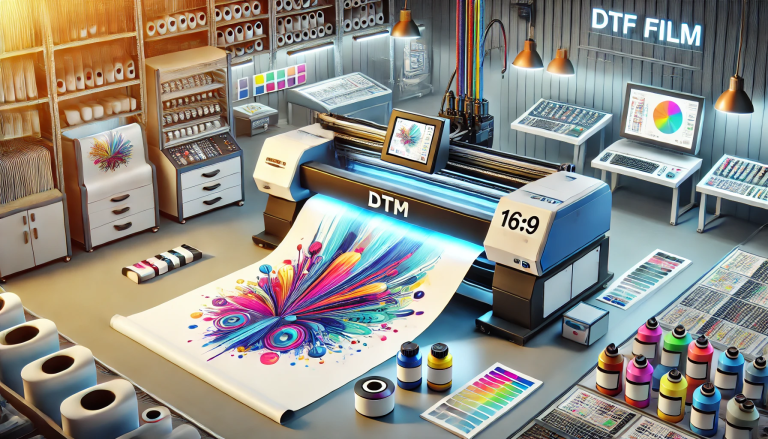“Demystifying the Process: How Long Does UV DTF Printing Take?” -MAXDTF- UV DTF Printing Paper Factory, UV Magic Decal Wholesale, Made in China
UV Direct To Film (DTF) printing is a remarkable process that has taken the world of print technology by storm. With this innovative method, you can print intricate designs on virtually any surface, including glass, metal, ceramics, and much more. It combines the vibrancy of UV printing with the convenience of DTF, resulting in prints that are both visually stunning and durable.
However, one common question asked by businesses, hobbyists, and even casual observers is: “How long does UV DTF printing take?” In this blog, we will attempt to shed light on this query. The duration of UV DTF printing depends on several variables, including the printer’s speed, the complexity of the design, and the material being printed on.
Understanding UV DTF Printing Speed
Firstly, let’s tackle the role of the printer’s speed. Different models and brands of UV DTF printers offer varying print speeds, which can significantly affect the overall time taken for the printing process. Higher-end machines are often faster, capable of printing a greater number of items per hour. However, even entry-level UV DTF printers can be quite efficient, with an average printing speed ranging from 6 to 20 square meters per hour, depending on the resolution and quality settings.
The Role of Design Complexity
The complexity of the design can also affect the printing time. Simple designs with fewer colors and less intricate detail can be printed more quickly than complex, multicolored designs with a lot of intricate details. This is because the printer’s head has to move back and forth more frequently for more complex designs, and more time is needed to apply the different layers of colors and varnish.
The Material Factor
Finally, the type of material being printed on can affect the UV DTF printing time. Some materials, like glass and ceramics, might require a primer before printing. This primer helps the ink adhere better to the surface, resulting in a more vibrant and long-lasting print. The time taken to apply the primer and allow it to dry is also a factor in the overall print time.
In the case of textiles and fabrics, pre-treatment is usually needed to ensure the ink does not bleed into the fabric, and the drying time post-printing is another factor to be considered. Some hard materials such as wood and metal might require less pre-treatment, thus saving time.
Conclusion
In summary, the time taken for UV DTF printing can be quite variable. However, on average, for a medium-sized print on a common material like plastic or metal, and considering the drying time, it might take approximately 15-30 minutes per piece. For larger prints or materials that require pre-treatment, the process could take an hour or more.
Remember, UV DTF printing isn’t just about speed – it’s about creating high-quality, vibrant, and durable prints. While faster printing times are desirable for high-volume production, quality should never be compromised. Ultimately, a few extra minutes spent in printing can result in a product that will impress with its visual appeal and stand the test of time.




